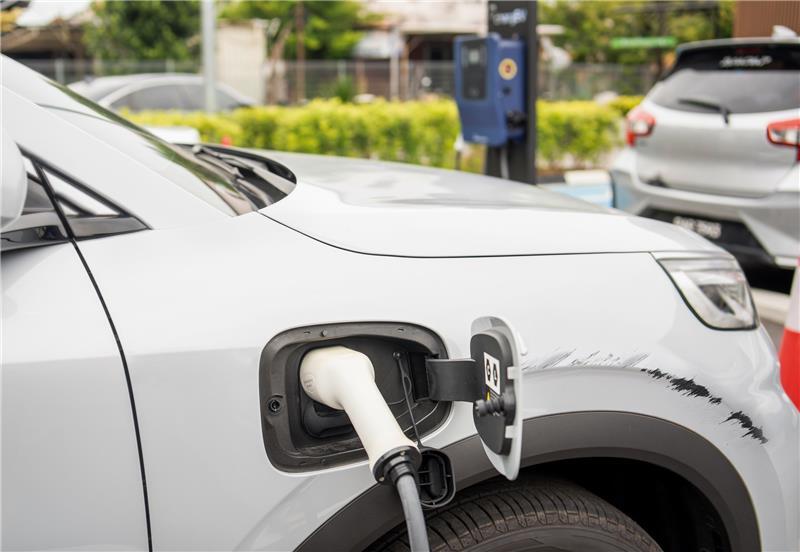In our previous piece, we provided an overview of our fleet vehicle operations. This time around, we’re taking a deeper drive into how we manage risk and the strategies we use to prevent incidents in our own fleet.
As our fleet of vehicles continues to grow to reflect the evolving UK car parc and our Motor Assist client base expands, flexibility and speed of response is vital. But to ensure our fleet of thousands of vehicles is kept on the road, incidents need to be kept to a minimum.
Let’s delve into some of the details of AX’s fleet management strategies, focusing on how the company effectively manages risk and ensures low loss ratios.
Risk management is a core pillar of our fleet strategy
Managing a fleet of vehicles involves inherent risks. AX and our modular incident management solution, Motor Assist, understands the importance of navigating these challenges to maintain optimal performance. To achieve this, we employ a multifaceted approach that begins with a comprehensive assessment of the risk profile of drivers and vehicles.
One of the cornerstones of our success lies in our ability to accurately assess the risk profile of drivers. We utilise advanced analytics and data-driven insights to evaluate various factors that contribute to a driver’s risk level. This includes analysing historical driving records, traffic violations, accident history, live driver behaviour data and other pertinent information.
AX recognises that no two drivers are the same, and a one-size-fits-all approach to risk assessment is inadequate. By tailoring risk evaluations to individual drivers and vehicles, we ensure a nuanced understanding of potential liabilities, allowing for more precise underwriting and risk pricing – this applies to our own fleet as well as customers of AX or Motor Assist.
Leveraging technology for greater precision
Technology plays a pivotal role in our fleet management practices, and by embracing cutting-edge solutions we enhance AX’s and Motor Assist’s risk management capabilities. Biometric security measures, such as fingerprint or facial recognition, are employed to authenticate drivers and ensure that only authorised personnel operate company vehicles.
Telematics is utilised to monitor and analyse driver behaviour in real-time. By collecting data on factors like acceleration, braking, speed, and cornering, AX gains valuable insights into individual driving habits. This not only helps in assessing risk but also allows for the identification of behaviours that can be addressed through targeted training or intervention.
We also harness geo-location technology to boost the visibility and security of our fleet. Real-time tracking of vehicles allows for better route optimisation, reducing fuel consumption and improving overall efficiency. Additionally, this technology serves as an extra layer of security, enabling a quick response in case of theft or unauthorised use.
By integrating these methods, we not only manage risk effectively, but it also creates a culture of safety and responsibility among our drivers and the drivers of our clients’ vehicles. The result is a fleet with a minimised risk profile, leading to low loss ratios for our partners and ultimately contributing to improved performance in a competitive sector.
This approach to fleet management is a testament to our commitment to innovation and excellence. By combining data-driven risk assessments with state-of-the-art technology, the company ensures that its own fleet operates at peak efficiency with minimised risks. As the sector continues to evolve, AX and Motor Assist offer significant adaptability and foresight, setting the standard for effective fleet management practices.










